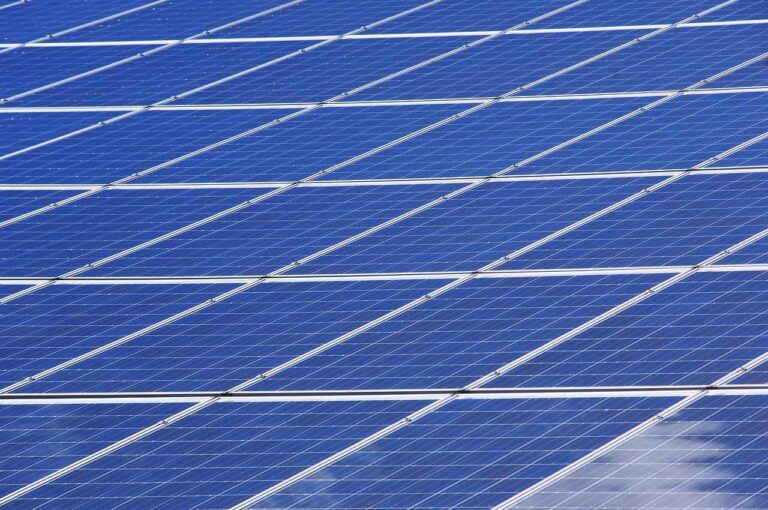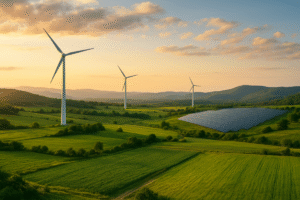Solar panels instead of asphalt, smart solutions that can not only produce clean energy. But also replace road signs, produce heat to melt ice in winter, and improve visibility in fog.
Solar roads are now a reality, but are they really that convenient and useful?
Table of Contents
Solar road experimentations in France, China and Japan
France, China, and Japan have inaugurated them in the past few years. These are small sections of road covered with photovoltaic panels, capable of producing fair amounts of energy. Hailed for their degree of innovation, somewhat less so for their cost, Solar Roads have, like everything, pros and cons.
In China, the first solar highway, consisting of three layers, opened in early 2018. Photovoltaic panels are in the middle, and there is an insulating layer at the bottom. While above the panels, for protection, there is a transparent, load-bearing layer that allows sunlight to penetrate.
The panels cover an area of 5,875 square meters covering two lanes and an emergency lane. They are capable of generating one million kilowatt hours of clean energy per year. This is equal to the daily needs of about 800 households according to the project’s developers.
Others exist, from the U.S. to Germany, but these two were also designed with truck traffic in mind.
The pros of solar roads
The pros are undeniable and many. Using clean energy produced by the sun as an alternative to the more polluting fossil fuels in itself would be enough. Special photovoltaic cells would replace asphalt by generating power in the presence of sunlight.
The LEDs in each panel could be programmed to light up and draw crosswalks, parking lots, and even road signs as needed without the need for maintenance. We would also have brighter and safer streets, even in rain and fog.
It would also benefit areas of the world where temperatures are very cold and ice is often present. Solar cells are able to collect heat and then in case of frost would help melt it, making roads safer.
Increasingly smart and equipped with smart systems, these roads are able to assess the presence of debris or heavy traffic by suggesting alternative routes via solar-powered light displays.
The cons of solar roads
So far so good, but what are the cons? Let’s start with the angle of inclination, which, not being optimal, will cause it to produce less energy and be more prone to shading. This is no small problem when you consider that shading on as little as 5 percent of a panel’s surface area can reduce energy production by 50 percent.
Dirt and dust certainly don’t help, not to mention that a much thicker glass than conventional panels is needed to withstand the weight of traffic. Thus limiting the amount of light absorbed.
Unable to benefit from air circulation, it is inevitable that these panels will get hotter than a rooftop solar panel. For every 1°C above the optimal temperature, 0.5 percent of energy efficiency is lost. As a result, a significant drop in the performance of a solar road compared to rooftop solar panels is to be expected.
What do the road tests say?
One of the first solar roads, as we mentioned, is the one in Tourouvre-au-Perche, France. It has a maximum output of 420 kW, covers 2,800 m², and the installation cost 5 million euros, or €11,905 per kW installed.
The road is expected to generate 800 kWh per day. But some recently released data indicate a yield closer to 409 kWh per day or 150,000 per year. In contrast, the Cestas photovoltaic park near Bordeaux, which has rows of panels carefully oriented toward the sun, has a maximum output of 300,000 kWh, at a cost of 1,200 per kW installed. This is one-tenth the cost of the solar roadway, generating three times as much power.
Certainly not all arterial roads are suitable to be covered by the panels, even taking into account the sunlight that illuminates them. Perhaps solar roads will not be the number one solution for combating CO2 emissions and reducing reliance on fossil fuels. But over time, if installation costs come down, they could become more cost-effective.
Read also: Photovoltaics, the 2022 leading countries for solar energy production












